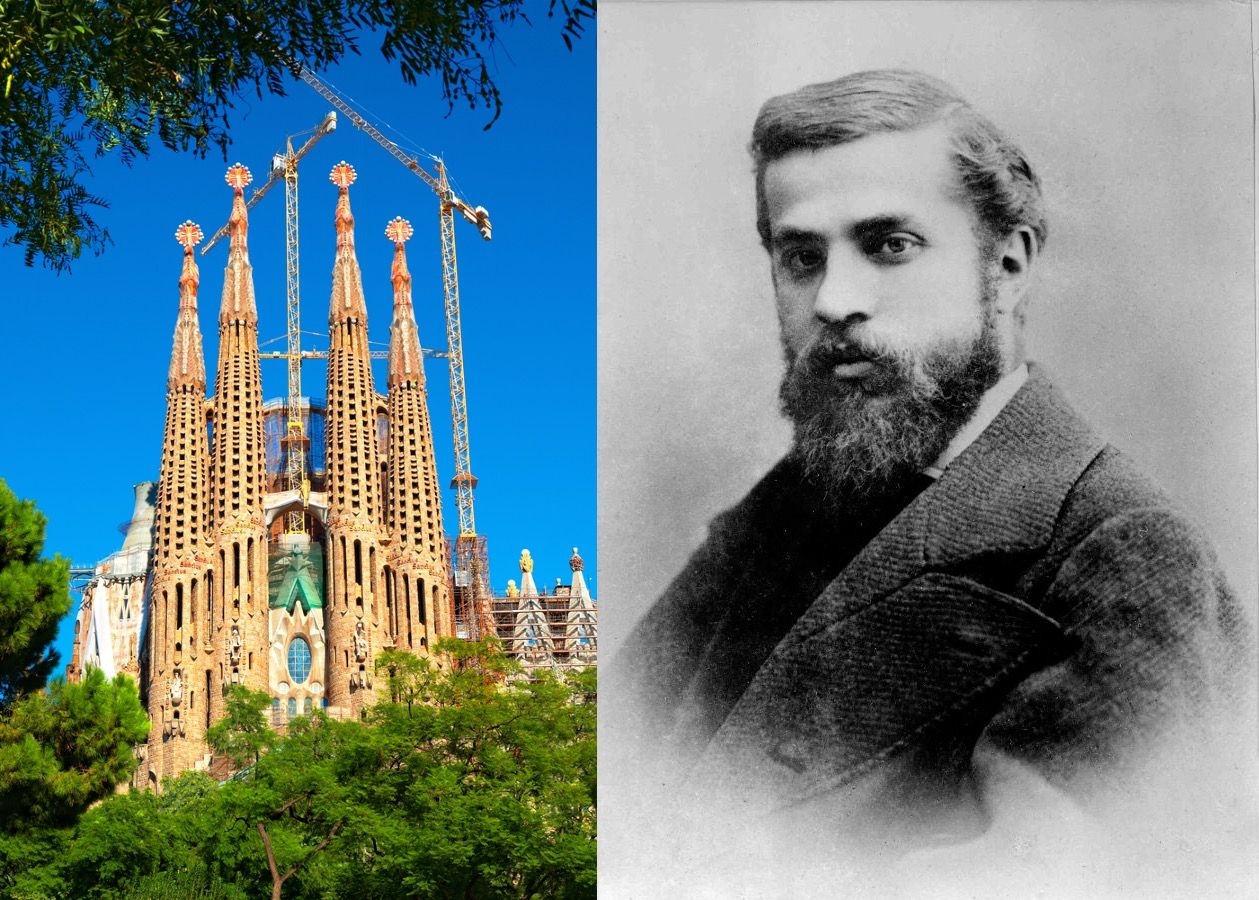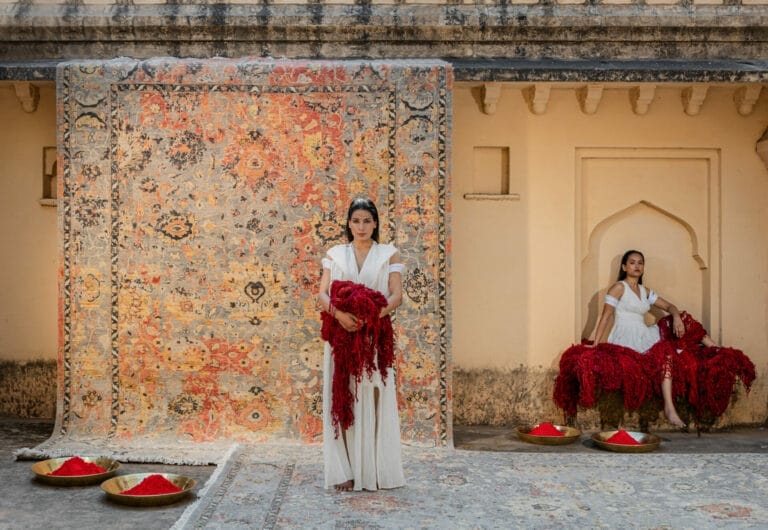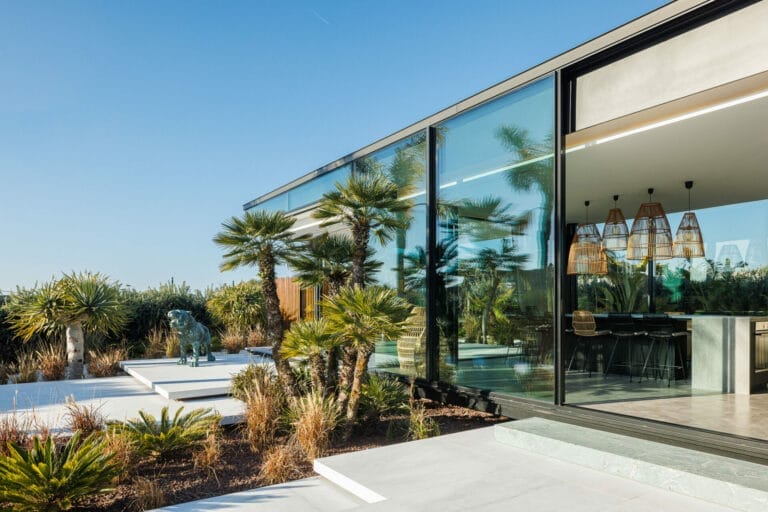The retrospective of Antnio Gaudí in Barcelona explores his background, origins, progress, and influence as an architect. Antnio Gaudí, a Spanish architect, constructed remarkable masterpieces in the late 19th and early 20th centuries. He was influenced by neo-gothic forms, art nouveau, and modernisme (also known as Catalan modernism). Gaudí’s architectural style was innovative and still stands out today. From 1984 to 2005, seven of Gaudí’s structures were listed as UNESCO World Heritage Sites.

About Antoni Gaudí Life
Antoni Gaudí i Cornet, born on June 25, 1852, and passing away on June 10, 1926, was a visionary Catalan architect whose work left an indelible mark on the landscape of Barcelona and beyond. Renowned for his unique approach to architecture, Gaudí’s designs are celebrated for their organic forms, intricate details, and innovative use of materials.
His style, often associated with Art Nouveau and Modernisme, broke away from traditional architectural norms, incorporating natural shapes and advanced engineering techniques. Among his most famous creations are the still-unfinished Sagrada Família, the whimsical Park Güell, and the ornate Casa Batlló. Gaudí’s legacy continues to inspire architects and artists worldwide, making him a pivotal figure in the history of modern architecture.

The Catalan architect Antoni Gaudi Cornet is regarded as the best architect of the twentieth century. He is noted for constructing magnificent structures that incorporate artistic/creative design innovation. The majority of his designs have been inspired by nature (organic). He was also praised for his technological and building advances in climate-responsive solutions (Sustainability/Climate-responsive design).
Design Elements and Philosophies of Antoni Gaudí
Organic Designs (nature-inspired designs)
Antoni Gaudi’s designs frequently used organic (nature-inspired) and free-flowing design shapes. Gaudi’s constructions are inspired by natural shapes, such as flora and animals. Gaudi’s nature-inspired architectural motifs include spiral staircases, catenary arches, honeycomb gates, gargoyles, and tree-inspired columns.

Vivid colors and textures. (Multiple color buildings with different textures)
People notice or remember Gaudi’s architecture because of the particular color palette employed for the structures. The construction is created with multi-color treatments on both the outside and interior of the building. He created vivid, multi-colored houses with mosaic tiles and varied textures.

Religious pride (Catholic tradition).
Antoni Gaudi had strong religious views, which were reflected in his works. The cathedrals he constructed reflected his pride in the Roman Catholic tradition. He created numerous religiously significant churches and buildings that were ornamented with biblical imagery or patterns.

Architectural masterpieces by Antoni Gaudi
Sagrada Familia
The Sagrada Familia, a masterpiece by Gaudí, is the emblem of Barcelona and a world-renowned building. Dedicated in 1883 to create a unique temple inspired by nature and religious symbolism, Gaudí’s legacy remains under construction today. The basilica features organic shapes, parabolic arches, and colorful stained-glass windows, with ornamental details that defy gravity.

The temple is well-known for its organic shape, making it the most recognizable landmark in Barcelona. The Basilica can hold 9,000 people. The temple is made up of 18 Spiers (spindle-shaped towers) that soar to the sky and represent biblical figures (11 spiers are now under construction and will be finished by 2022). The Nativity, Passion, and Glory facades are adorned with scriptural and sculptural ornamentation.
Casa Batlló
Antoni Gaudí’s Casa Batlló exemplifies his architectural genius. This contemporary mansion stands out with its undulating exterior and natural detailing.

Gaudí employed glazed ceramics, glass pieces, and wrought iron to produce a distinctive and appealing look. The house’s inside is similarly remarkable, with curvilinear floors and walls and a plethora of colors and textures. Gaudí’s boldness and creative vision are reflected in each feature of the Casa Batlló, which are themselves works of art.

Casa Milà
Casa Milà, also known as La Pedrera, is a stunning residential building located on Passeig de Gràcia in Barcelona, Spain. Designed by the illustrious Antoni Gaudí, this architectural marvel was completed in 1912. It serves as an exceptional example of Gaudí’s innovative approach to residential architecture, characterized by its undulating stone facade and wrought-iron balconies. Casa Milà’s design typology as an apartment building is uniquely executed, with organic forms and a focus on natural light and ventilation. This masterpiece not only exemplifies Gaudí’s distinctive style but also stands as a testament to his forward-thinking vision in residential design.

Casa Mila is a Gaudi-designed apartment building in Barcelona, Spain. It is known as La Pedrera because of its quarry-like appearance and open floor design. It is owned by the aristocratic Mila family. The building is divided into nine floors: a basement, ground floor, mezzanine, main level, four upper levels, and an attic.
The façade features an organic stone style with twisted iron railings (designed by Josep Maria Jujol) and organically inspired accents. The construction consists of two buildings with a central organic courtyard (Heps climate control) on nine stories.
Gaudí’s influence on modern architecture
Antoni Gaudí’s impact on modern architecture goes beyond his groundbreaking approach. His legacy is shown in the way he incorporated nature into architectural design. As a result, his vision is still relevant today, as a stronger link is sought between the built and natural surroundings.
Gaudí’s structural and artistic approach has encouraged modern architects to create new architectural shapes and expressions. Contemporary designs reflect his curved structures, the play of light and shadow, and his meticulous attention to detail. As a result, these aim to generate distinctive and fascinating spatial experiences.
The Guggenheim Museum in Bilbao was designed by Frank Gehry and has a sculptural structure similar to Gaudí’s organic forms. Gehry was inspired by Gaudí’s freedom of expression and invention. The end product is a structure that challenges the architectural aesthetic.

The performance hall of Casa da Música in Porto, designed by Dutch architect Rem Koolhaas, is inspired by Gaudí’s sculptural and expressive style. Gaudí’s unique style is shown in the use of unconventional materials and textures, as well as the arrangement of volumes.

Gaudí’s work continues to inspire and drive innovation in contemporary architecture.






















